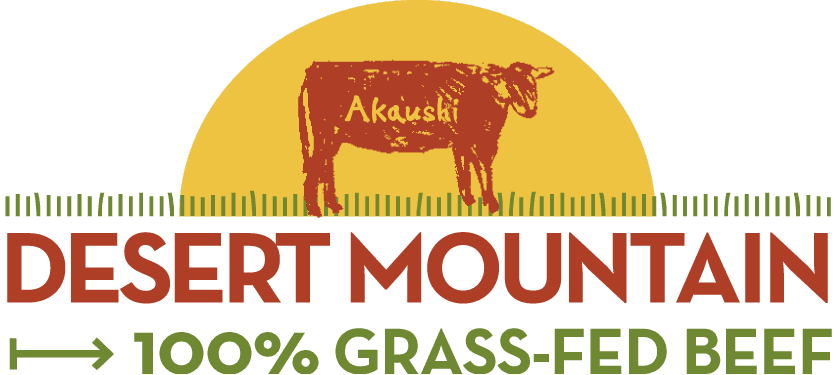Adventures in soil science
by Charlotte Reid
I’m riding on a pickup flatbed, ranchers packed together, going from pasture to pasture, checking the condition of calves, plants and soil. As we bump along, I hear cowboys comparing the pH levels of their pasture soils and sharing experiences of how to improve the pH balance. Never, in my sixty years of ranching, have I heard this. I’m curious. I’m inspired!
These same ranchers supported a training day with an experienced farmer from North Dakota. This farmer, Gabe Brown, part of a soil health consulting team, practices soil improvement on his farm and is sharing his experience. Our own member/landscape consultant, Gregg Simonds, is inspiring us, leading us to develop our own exploring.
Soil so rich you can laugh about it! Regenerative agriculturist Gabe Brown of North Dakota led a workshop for Desert Mountain ranchers and other farmers in the Treasure Valley. Brown's message was that healthy soils make for healthy business. Photo: Char Reid.
You’ve heard the saying, "Insanity is doing the same thing again and expecting different results.”? I’m watching a group of ranchers who are practicing sanity, doing something different and watching for the outcome.
Each member is taking a simple soil test, a test for soil carbon, from a piece of land they see each day. We know that each piece of soil has a different history. One piece may have had several thousand shoe soles, hooves and wagon wheels traveling across it during the great migration West. One piece may have been cleared of all vegetation, leveled, topsoil removed to make an irrigable field. Each soil has different makeup, different quantities of the same components: clay, sand, silt. Our individual soil tests vary, and it naturally excludes any competitive urge between ranchers. Each piece of land's present use varies and may be adjusted as this trial continues. This isn’t a competition…its a source for learning, for building. It’s an understanding of how to build better soil and sequester carbon. What do we have, and how can we improve? We will be sharing tests, activities and outcomes.
Why test for carbon?
Climate change is a product of excess carbon in the atmosphere. Slowing the release of carbon into the air from vehicle exhaust, coal-fired plant exhaust, wood smoke, etc. is a step to changing this circumstance -- but this carbon, then needs to be cleared from the air. It’s somewhat like an irresponsible, sloppy renter. Once he is evicted, there is a mess to clean up before the home is livable again. How do we clean the carbon from the air? Live plants do that. They sequester carbon back into the soil.
Plants take carbon out of the air and put it into living matter. This is called photosynthesis. As plants photosynthesize they put carbon back into the soil through their root systems. The more I read, the more I'm continually amazed at the magic of this system. Some scientists estimate that 85 to 90 percent of the nutrients plant require are acquired by carbon exchange where root exudates provide microbial energy in exchange for minerals or trace elements otherwise unavailable to the plant.
Grazing animals have a unique relationship to plants and soil that's as old as evolution itself. In some grazing systems, carbon can actually be sequestered back into the soil by this unique relationship.
Ranchers like the ones I see talking about pH are increasingly looking to soil science to learn how their animals affect the fertility of their soil. If we can better care for the soil, it'll better care for our animals, and vice versa.
This prospect of care taking our animals and landscape in a way that could positively impact our world is a powerful intrigue. This soil testing is a combined step to learn more ourselves. It is another step in the deep-rooted commitment to “this place”….to our ancestors, our families, our community.
The brown stuff... it's what makes the ranch go round. Every ranch is different, but when we bring our experiences together, we often come out with more knowledge, ideas, and new things to try going forward. Photo: Char Reid.



